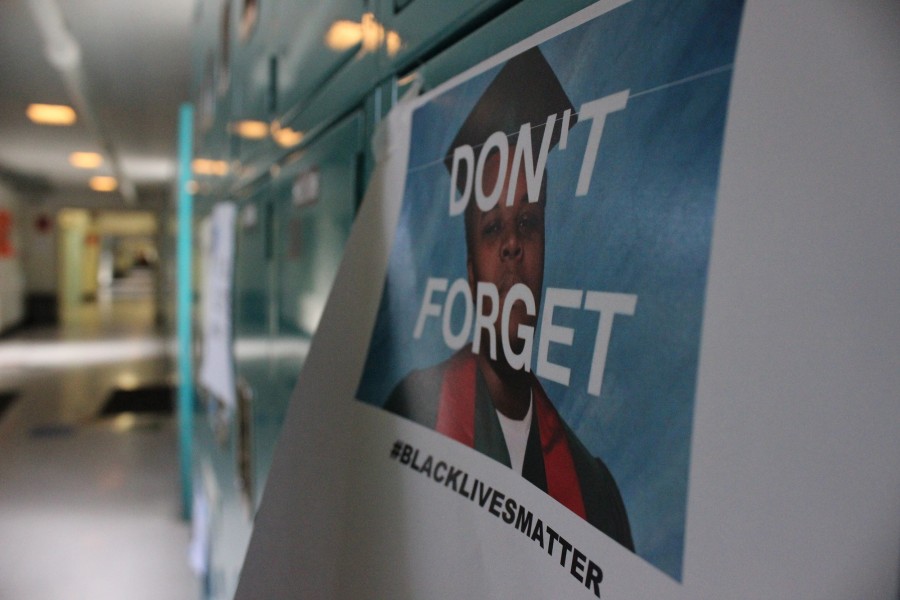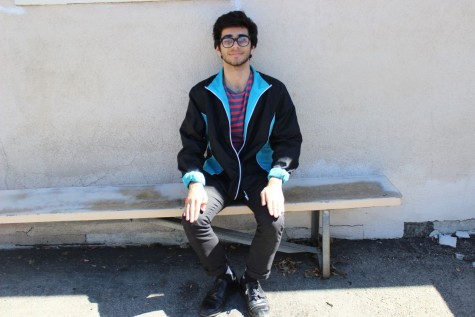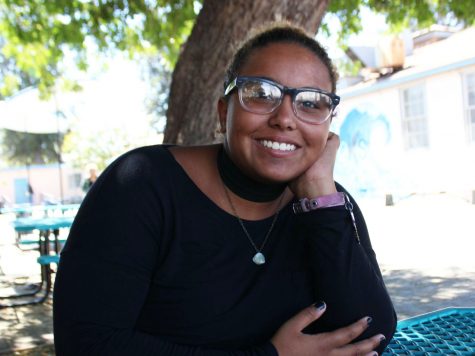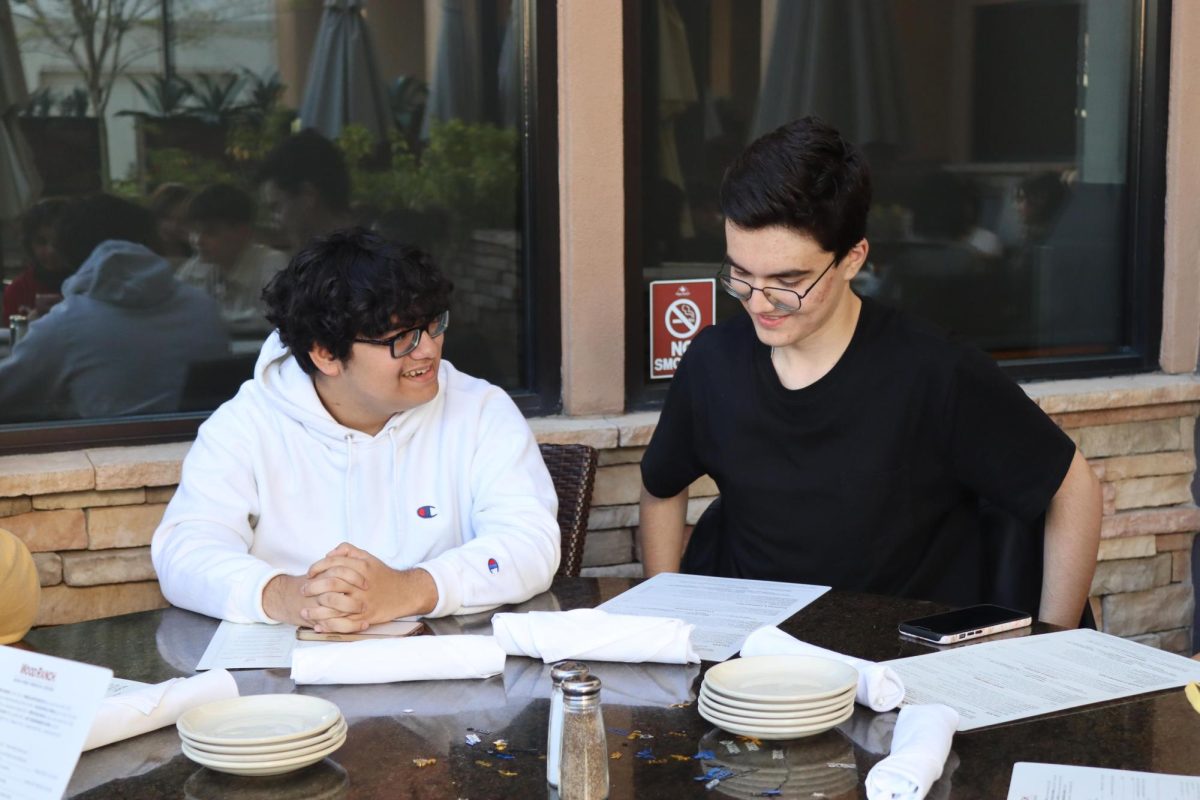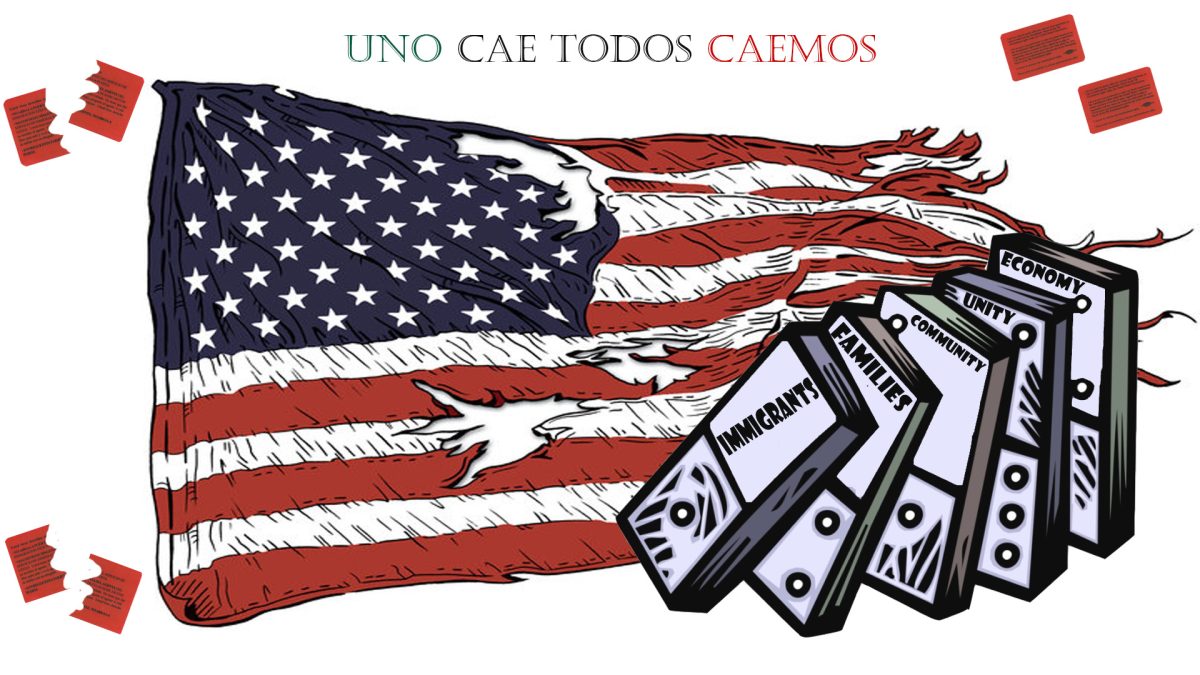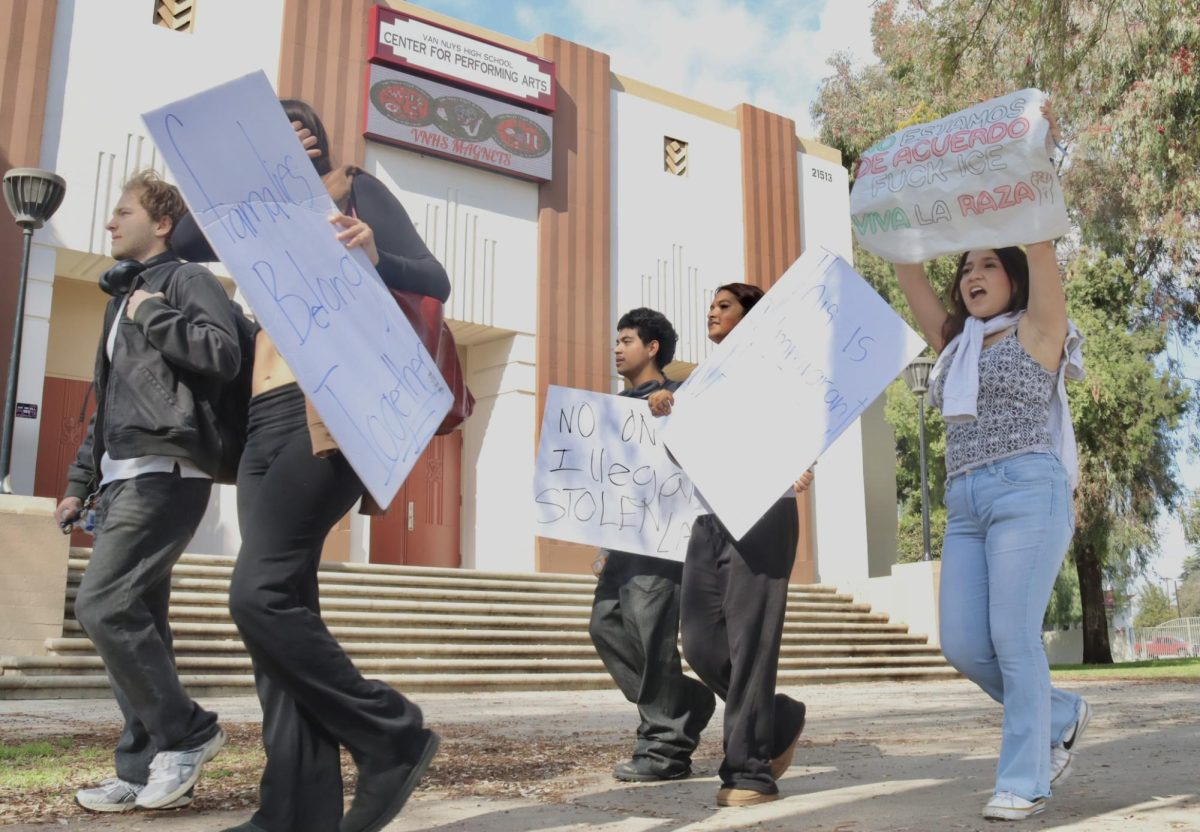Social media and Ferguson: How and why we form the opinions we do
Following the decision of the Ferguson grand jury, chaos erupted on social media. Others voiced their opinions in the real world, posting flyers on lockers in the school.
December 19, 2014
Right on the corner of Cumberland Gate and Park Lane in London, England, there’s an area called the Speaker’s Corner. People, in either in groups or by themselves, gather around and just discuss. They speak their mind, they preach, they get into arguments, agreements, and most importantly, they get their voice heard.
Right on the corner of a URL and multiple lines of source code, there’s a website called Twitter. Launched in March of 2006, it’s the website of the youth. It’s fast, every post, or “tweet” you make has a restriction of 140 characters or less, and if you follow enough people, tweets constantly fly past you in real time.
When Michael Brown was killed, the first tweet about it was from someone with the Twitter handle @TheePharoah, who tweeted the scene right outside his house. That’s evidence. That picture taken with his iPhone and posted on this website can be used as evidence in a court case, but it can also be used to change an opinion you were formulating or had already formulated about the case. Maybe that’s the scariest thing in the world, or maybe it’s just what we’ve become. Most likely it’s both. This social bubble that this generation has created and embraced might not isolate us just as much as people think.
These constant posts that fly past you on whatever social media outlet have the possibility of skewing your thoughts and putting false information in your head.
Evidence such as how Brown was shot a total of six times or how the Department of Justice is also investigating the case even though the verdict has already been decided are widely talked about, but people tend to place an emphasis on things that would formulate a strong, bias opinion for readers and followers.
Many facts have been blurred due to all the anger and frustration coming from people on the Internet. Having such a large controversial event can spark up one’s imagination, making the difference between fact and fiction hard to see. People express their imaginations in anger or frustration and someone picks it up as fact. A whole other argument begins and the blame is pointed at different sides.
Whenever a case like this comes up, people like to express their opinions on social media. This could be seen as a good thing, because maybe there’s no other way. You can yell on the streets, but why do that when you have Tweets and Facebook posts? The question that should be asked in these situations is: Do people really care?
Before, if people cared about an issue, they would go out and do something about it. There was really no other outlet unless you wanted to rant to your friends or family. But give a man an option of going out to the streets, raising his hands and saying “Don’t shoot”, or give a man 300 followers on his Instagram to post a picture of Michael Brown with his graduation cap and a couple sentences on how sad they are about the situation, and see which one they’d take.
This isn’t to say that real, meaningful change can’t or isn’t seen through Internet campaigns. Just in this past year, the ALS Association reported they raised One Hundred Million Dollars all stemming off of people posting videos of them dumping ice water on their heads and sharing it with their friends.
Protesters that make a difference, or at least try to, do things such as “play dead” on Rodeo Drive in Beverly Hills or Londoners chanting “Hands up, don’t shoot” in front of the US embassy. The common thread in all of these: nonviolence.
Social media has pretty much cultivated into its own society, a virtual wild west with few rules. It’s really your choice on whether you want to be affected by what everyone is saying is around you, because the Internet can be the greatest source of information- or the worst.


